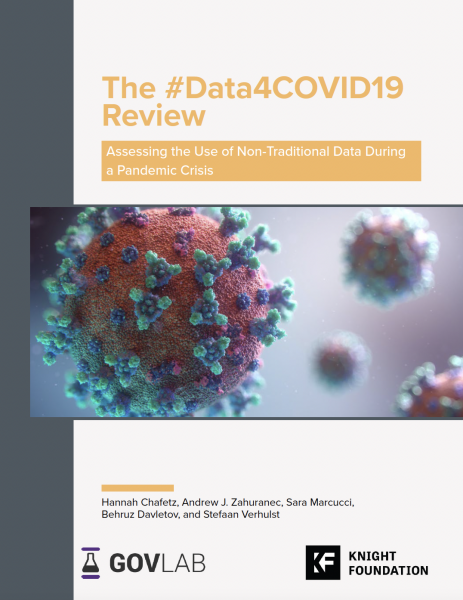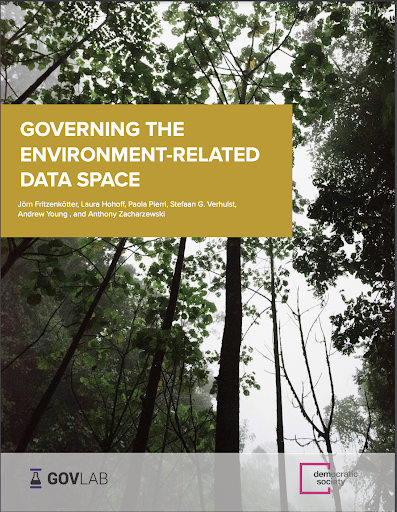Article by Alison Pritchard: “A watershed moment in the culture of data sharing, the pandemic has led to the use of linked data increasingly becoming standard practice. From linking census and NHS data to track the virus’s impact among minority ethnic groups, to the linking of timely local data sources to support local authorities’ responses, the value of sharing data across boundaries was self-evident.
Using data to inform a multidisciplinary pandemic response accelerated our longstanding work on data capability. To continue this progress, there is now a need to make government data more organised, easier to access, and integrated for use. Our learning has guided the development of a new cloud-based platform that will ensure that anonymised data about our society and economy are now linked and accessible for vital research and decision-making in the UK.
The idea of sharing data to maximise impact isn’t new to us at the ONS – we’ve been doing this successfully for over 15 years through our well-respected Secure Research Service (SRS). The new Integrated Data Service (IDS) is the next step in this data-sharing journey, where, in a far more advanced form, government will have the ability to work with data at source – in a safe and secure environment – rather than moving data around, which currently creates friction and significant cost. The service, being compliant with the Digital Economy Act, opens up opportunities to capitalise on the often-underutilised research elements of that key legislation.
The launch of the full IDS in the spring of 2023 will see ready-to-use datasets made available to cross-government teams and wider research communities, enabling them to securely share, link and access them for vital research. The service is a collaboration among institutions to work on projects that shed light on some of the big challenges of the day, and to provide the ability to answer questions that we don’t yet know we need to answer…(More)”.


